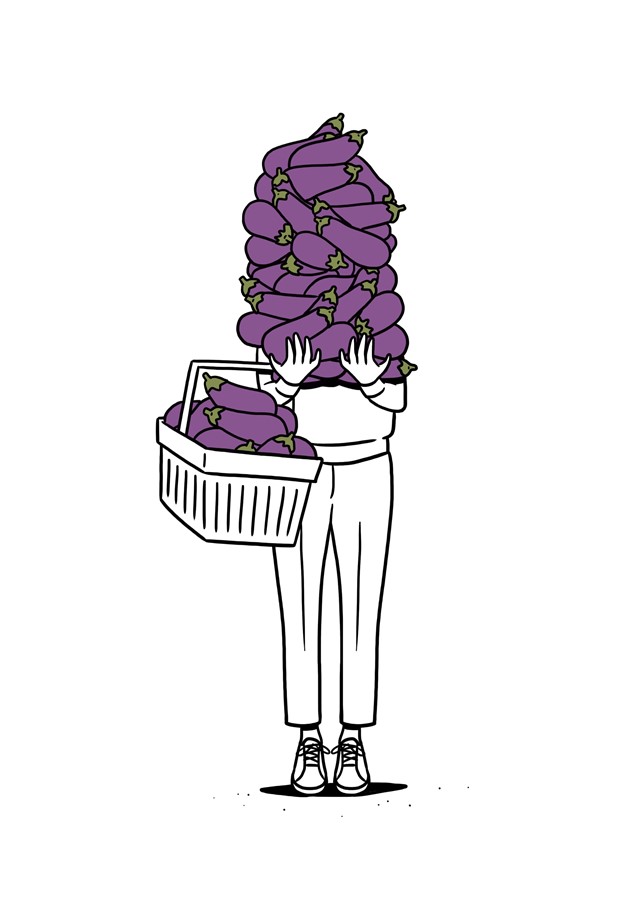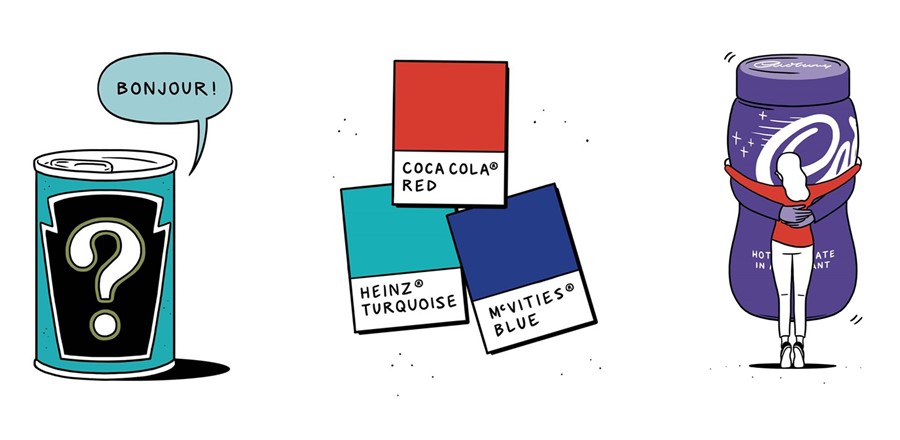From existential crises to encountering new cultures, we track the highs and lows of supermarket shopping
Few things make the boundaries of everyday life more acutely felt than a trip to the supermarket. I think of my bank balance, my mood, my weight, I measure my life against what I have projected into the baskets of other shoppers. The supermarket is a strip lit public space where I carry out the intensely private activity of maintaining my domestic existence, or try to change it.
I am not loyal; I’ll visit Asda, Waitrose, Lidl, Sainsbury’s, or the local mini-mart, which recently shed the name ‘Payless’, in favour of ‘The Village Grocer’ in line with the changing local neighbourhood. Save for minor variations, I know what I’ll find in these places, how to behave and what to choose. Supermarkets are highly branded places and each speaks its own language – tested by annual house moves in London for over a decade, I am fluent in a number of them. I have often heard women from older generations say that their male partner does not know how to shop in the supermarket, a likely indicator that they have not been often enough to understand its grammar, or to carry out the complex calculations of domestic life, which, after all, take practice.

Plastic packets in colours I have always recognised (McVitie’s blue, Heinz turquoise, Coca Cola red, and rustic arrangements from named farms - for surely every farm has a name) fire off semiotic signals in all directions. Sometimes I think of supermarket spaces like those laser fields in museums at night – dodging the invisible signals of products I don’t want, to get to those that I do.
As I cruise the aisles, there’s a babble of narratives. The supermarket’s attempt to direct me through keenly worked-out curation intersects with my interior monologue: ten-a-penny health reports I’ve only seen the headlines of warn me against the high amounts of sugar in orange juice; my long-held intention to finally soak dried chickpeas attracts me to pulses; the anticipation of a need for easy comfort sends me to Cadbury’s hot chocolate powder, tins of baked beans and frozen packets of McCain’s oven chips, whilst I feverishly gather up all the available aubergines to make parmigiana for a friend’s birthday.

Foreign supermarkets, those of a different food culture with their own attendant brands, produce varieties and social cues that are an entirely different matter. My ear is deaf to their languages, I can’t read the signs, and even products I recognise are changed by their new context. The overwhelming sensation of difference – my difference – when walking into a foreign supermarket reveals the subjective nature of what I count as ‘everyday’ life. How much have I been built by the supermarkets I know?
Discussions about foreign supermarkets in preparation for writing this provoked reactions of fear, anxiety, excitement and sheer joy. For some, they were one of the best things about going on a holiday, giving the novel pleasures of the relatively unfamiliar: a different brand of jam, riper fruit, better salami. For others, foreign supermarkets were a carnivalesque space that permitted eating and drinking (normally taboo). Others confessed that they weren’t sure how to behave, feeling physically and mentally constricted by the unfamiliar space. I think it’s a question of scale – the scale of the difference. The true unknown in somewhere like a supermarket that should provide the materials for living, is always terrifying.

I do a lot of cooking and when I’m in the right mood, supermarkets are places to have new ideas. Years of being the self-appointed chef for all with whom I share a front door, and the limited budget and irregular hours of writing a PhD have made me a confident improviser. The Turkish Food Centre (TFC), a supermarket on Camberwell New Road, complete with butchery, deli counter, aisles of dried goods and fresh produce, is a place where I go to try new things, and also, now that it’s more familiar to me, to buy everyday things. One of the great joys of living in London is the possibility of accessing other food cultures through their supermarkets, thanks to immigration and the embedding of communities for whom such supermarkets are essential. At TFC right now, there are mountains of fresh, new season cobnuts; a pale gourd-shaped variety of courgette, pails of thick yogurt, artichoke hearts in the freezer, and brands of flour I’ve never seen with beautiful graphics.
At the weekend I bought a large jar of burnt aubergine pulp and used it to make a warm dip, similar to one cooked at Mazi Mas, a restaurant staffed by migrant and refugee women where I volunteered last year. I fried a crushed clove of garlic in olive oil, added the aubergine pulp, cooked it for a few minutes on a low heat, seasoned with salt, mixed in a tablespoon of yogurt and a squeeze of lemon and ate it on toast. Last summer, I bought a kohlrabi and a small bag of fresh cobnuts at TFC with no idea what I would do with them. Back at home, thinking of Ottolenghi’s delicious way of cutting up a kohlrabi like an apple and serving with sour cream dip, I peeled and cubed the kohlrabi, mixed it in with a tablespoon of very thick Greek yogurt and a handful of the fresh cobnuts removed from their shells, with a good pinch of salt, and ate it with crackers and a beer. It was so good.
